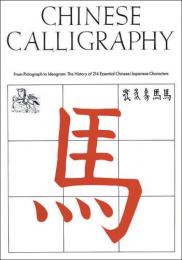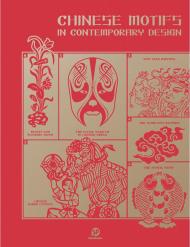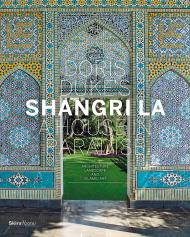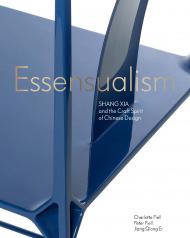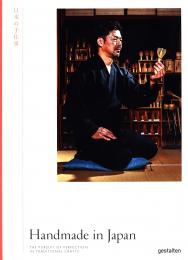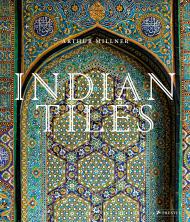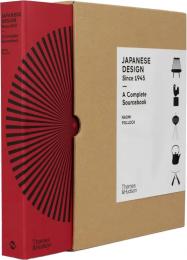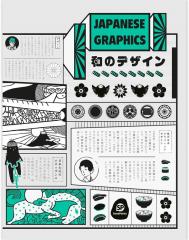Основний огляд японських дизайнерів, ремісників, виробників і технологій, які сформували світ сучасного дизайну
Відданість ремеслу та найвища якість виробництва були невід’ємною частиною культури та повсякденного життя Японії протягом століть. Для японців концепція дизайну не обмежується функціональністю чи матеріальністю, а повністю пов’язана з давньою культурою та ритуалами. У цьому сенсі стілець – це набагато більше, ніж те, на чому ви сидите, чашка – це більше, ніж те, з чого ви п’єте: ці об’єкти потрібно розмірковувати, торкатися до них і пестити.
Коли масове виробництво набуло широкого поширення в післявоєнний період, між Японією та Заходом почали відбуватися захоплюючі міжкультурні обміни. Це породило не лише позачасові предмети надзвичайної краси та користі, але й інновації в матеріалах, формах і технологіях. Далеко за межі ікон японського дизайну – ідеально зваженої пляшки соєвого соусу Kikkoman, табурета-метелика Янагі, Sony Walkman – продукти та предмети, які з’явилися в країні протягом останніх семи десятиліть, деякі з яких були широко експортовані, викликають насолоду та захоплення. В останні роки нове покоління дизайнерів – Nendo, Yoshioka – вивели японську творчість на абсолютно нову територію, переосмисливши саме значення дизайну.
Дотепер не було зроблено жодних спроб представити повний огляд японського дизайну. У цьому томі представлено понад вісімдесят дизайнерів, сотні об’єктів і внески як японських, так і західних експертів з дизайну. Цей том стане остаточною роботою на цю тему на багато років вперед.
Список вмісту:
Передмова Маасакі Канаї • Вступ: Ремесло японського дизайну • Титани дизайну • Дизайнери та повсякденні ікони: столи та стільці • Есе Наомі Поллок • Їжа та напої • Есе Макото Шімазакі • Увімкнення та вимкнення • Есе Шіндзі Хамада • Плакати та упаковка • Основа та уток • Есе Матильди Маккуейд • Стиль життя та Дозвілля • Дизайнери від А до Я
Про авторів:
Наомі Поллок — американський архітектор, який пише про японський дизайн та архітектуру. Її роботи публікувалися в численних виданнях по обидва боки Тихого океану, зокрема A+U, Dwell, Kinfolk, Wallpaper* і Architectural Record, для яких вона є спеціальним міжнародним кореспондентом. Крім того, вона є автором кількох книг, зокрема Modern Japanese House, Made in Japan: 100 New Products, Jutaku: Japanese Houses та Sou Fujimoto. У 2018 році її було обрано до колегії стипендіатів Американського інституту архітекторів. Масаакі Канаї є президентом Ryohin Keikaku, роздрібного продавця та виробника провідного японського бренду Muji.

